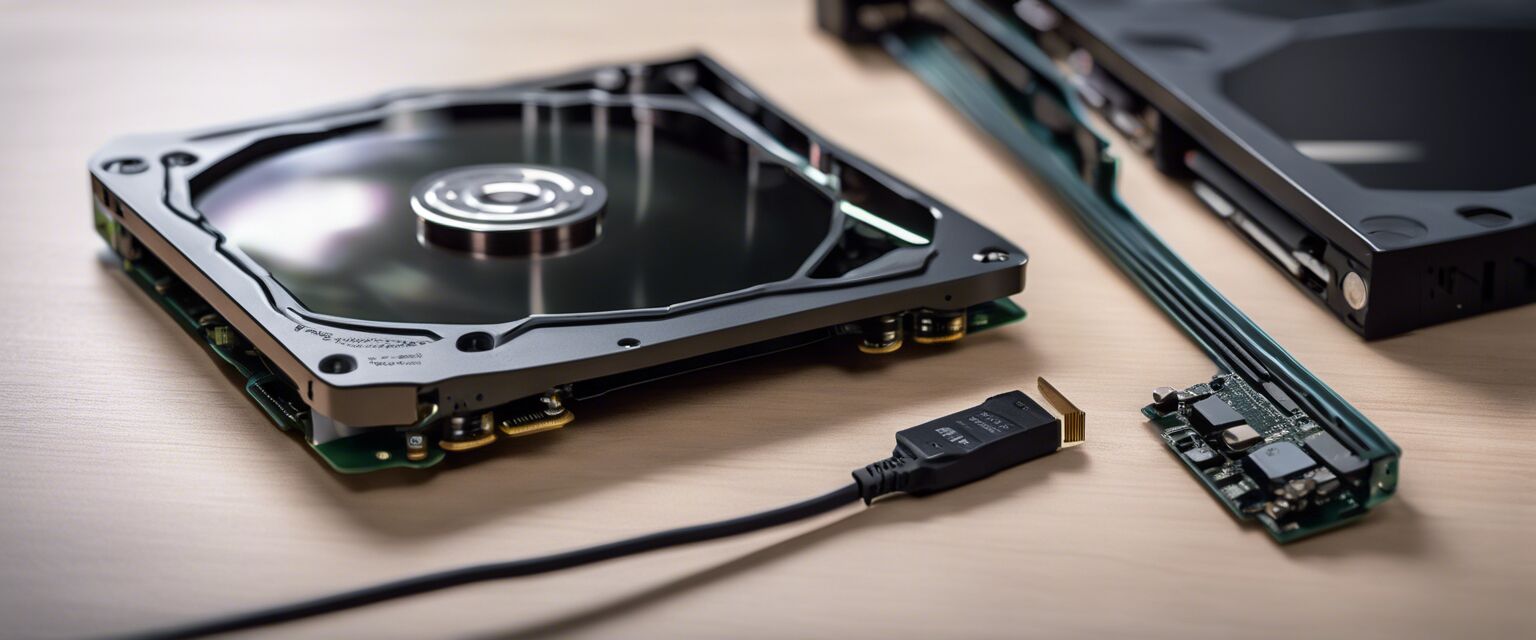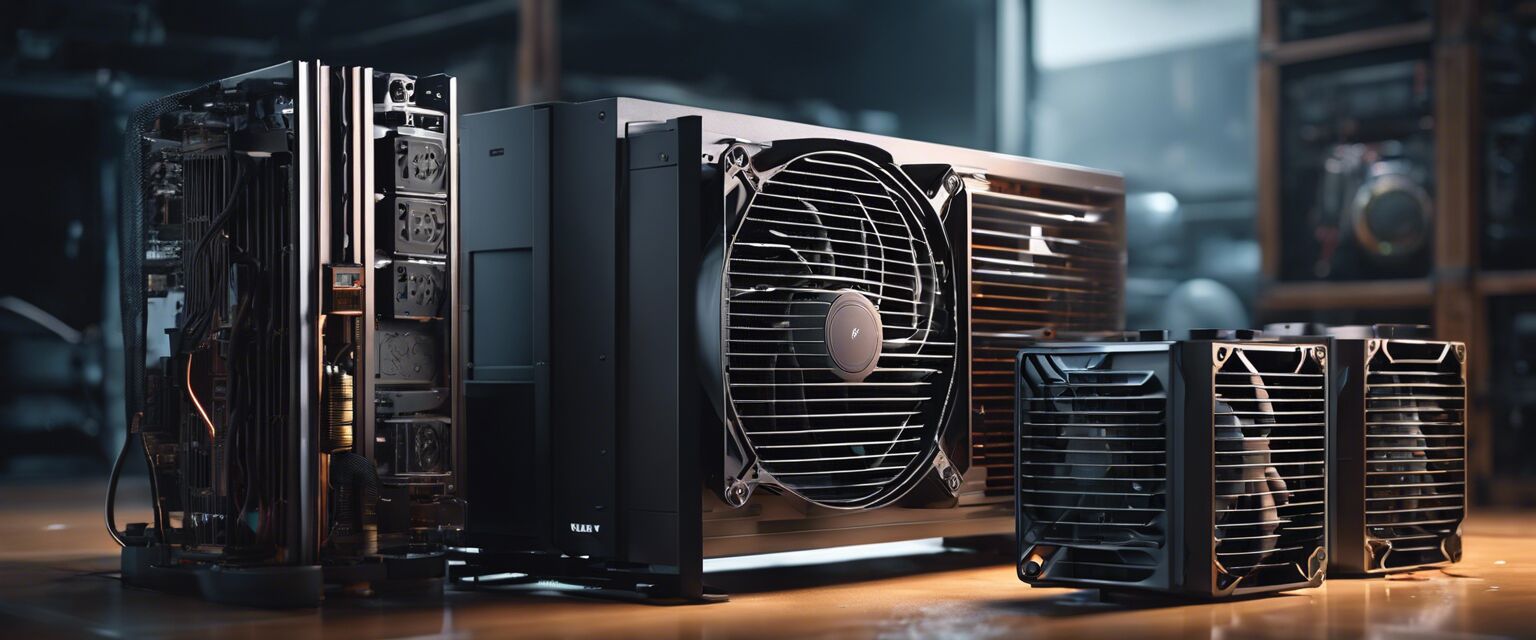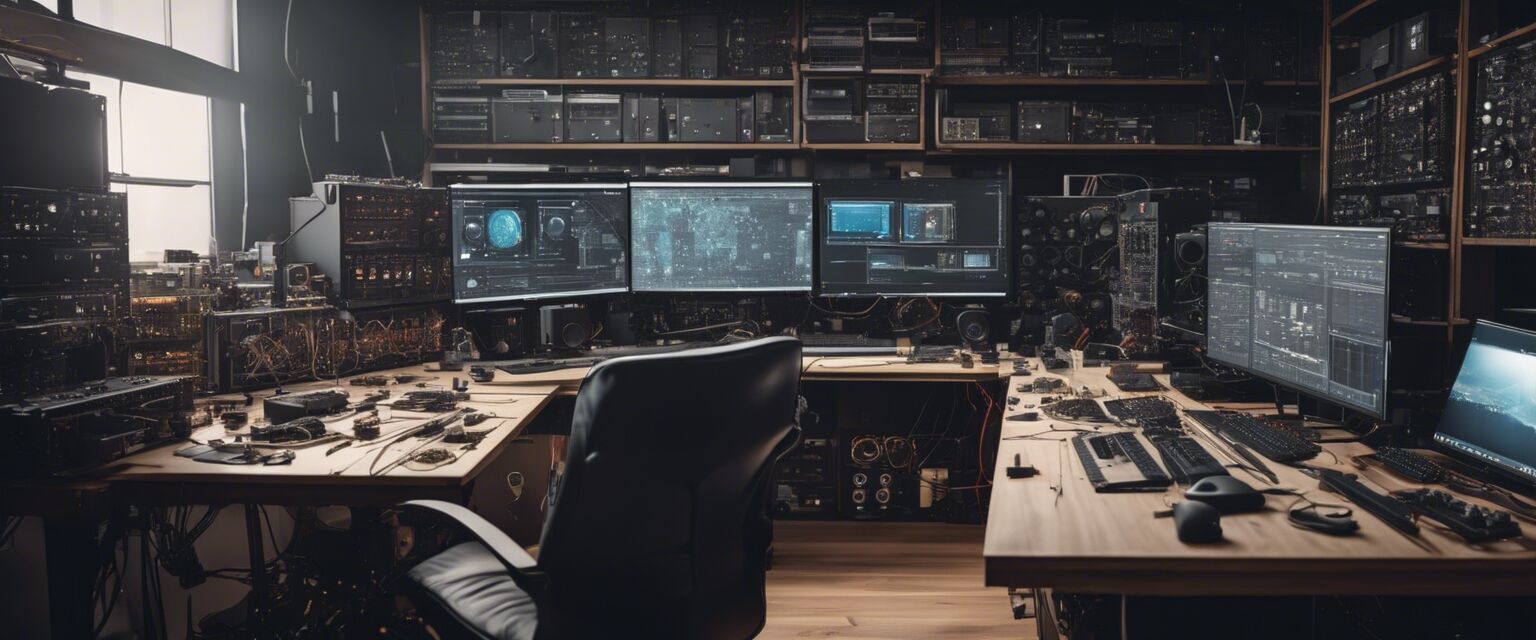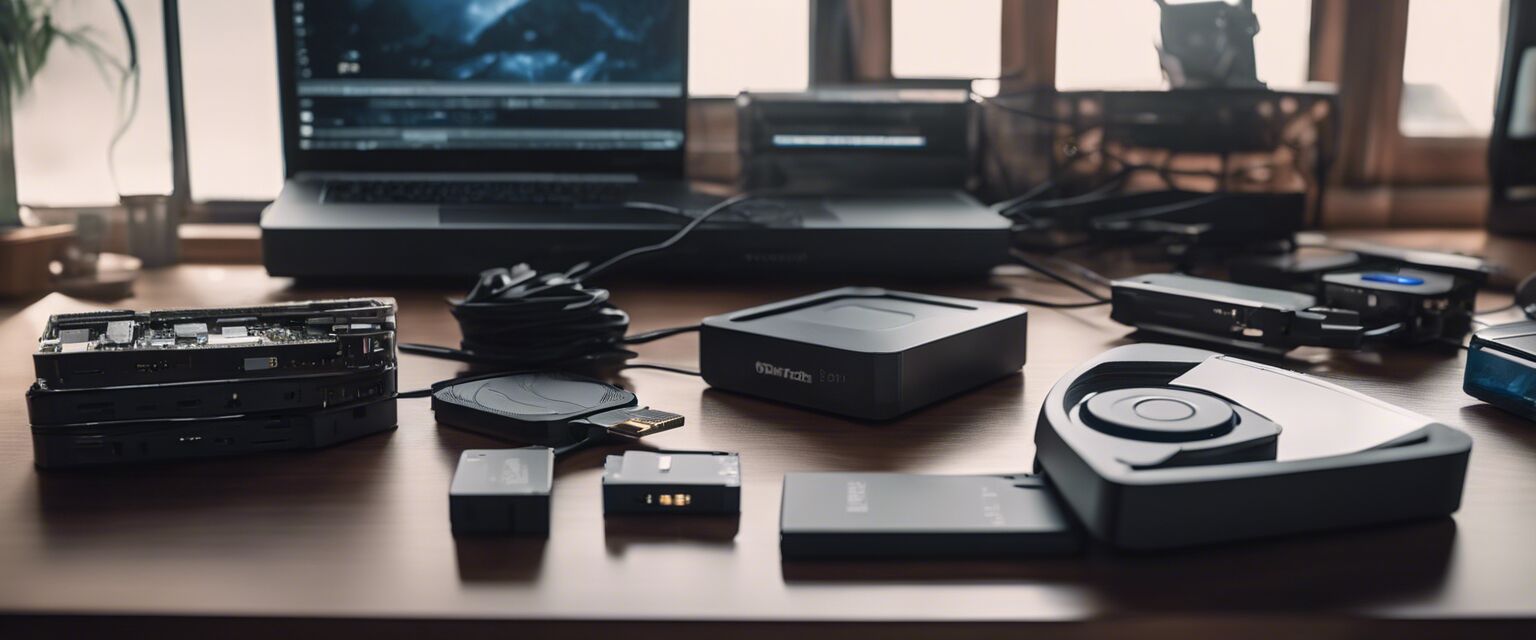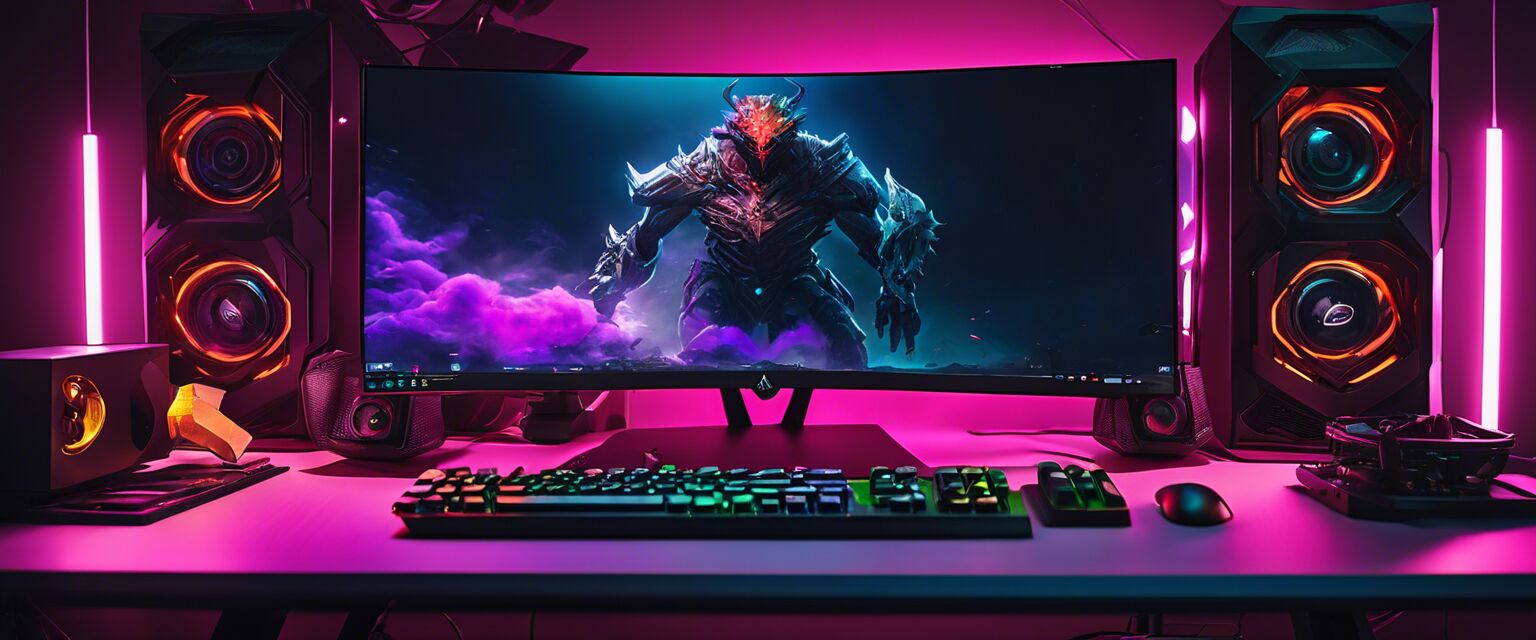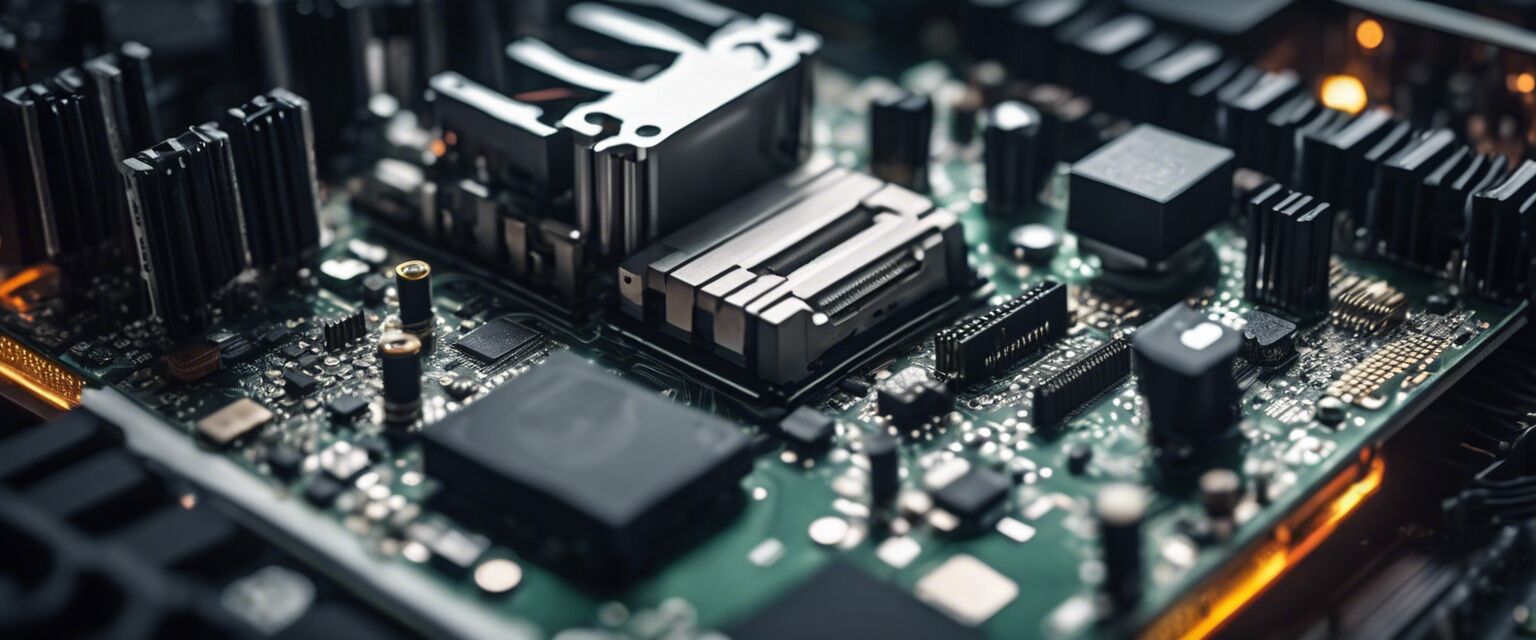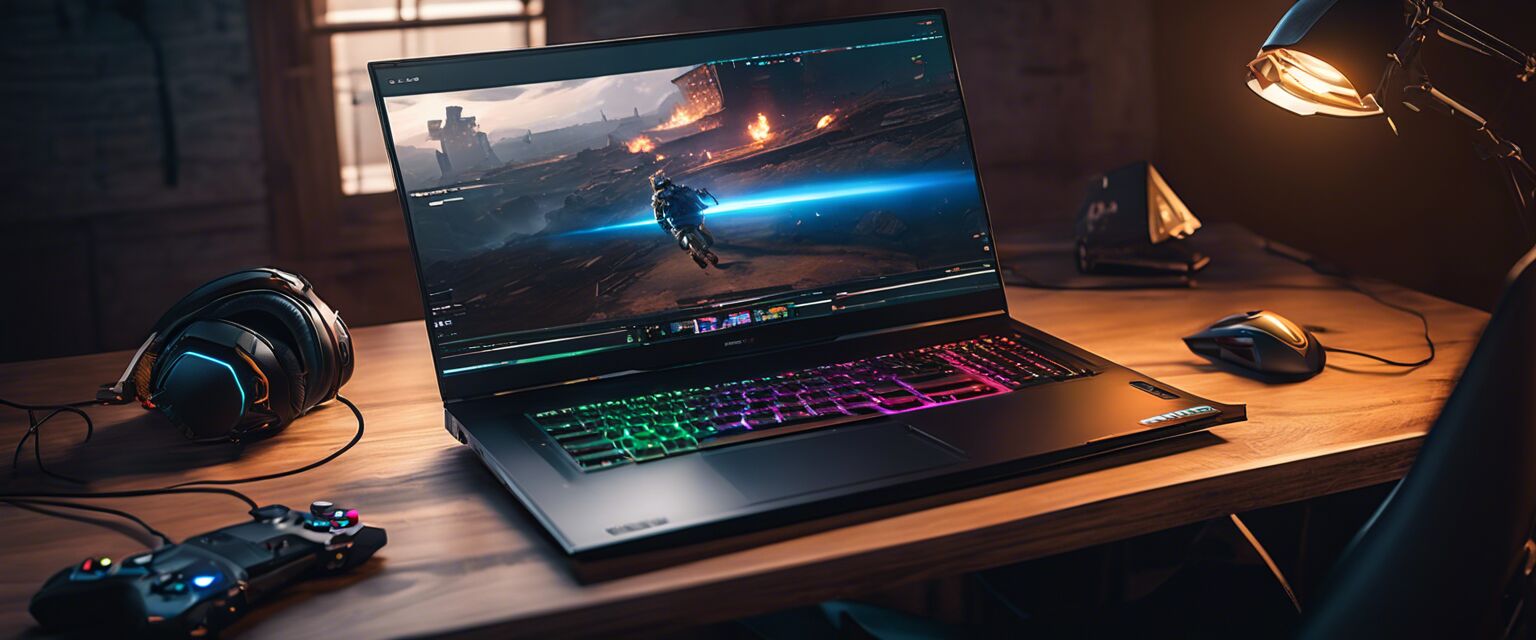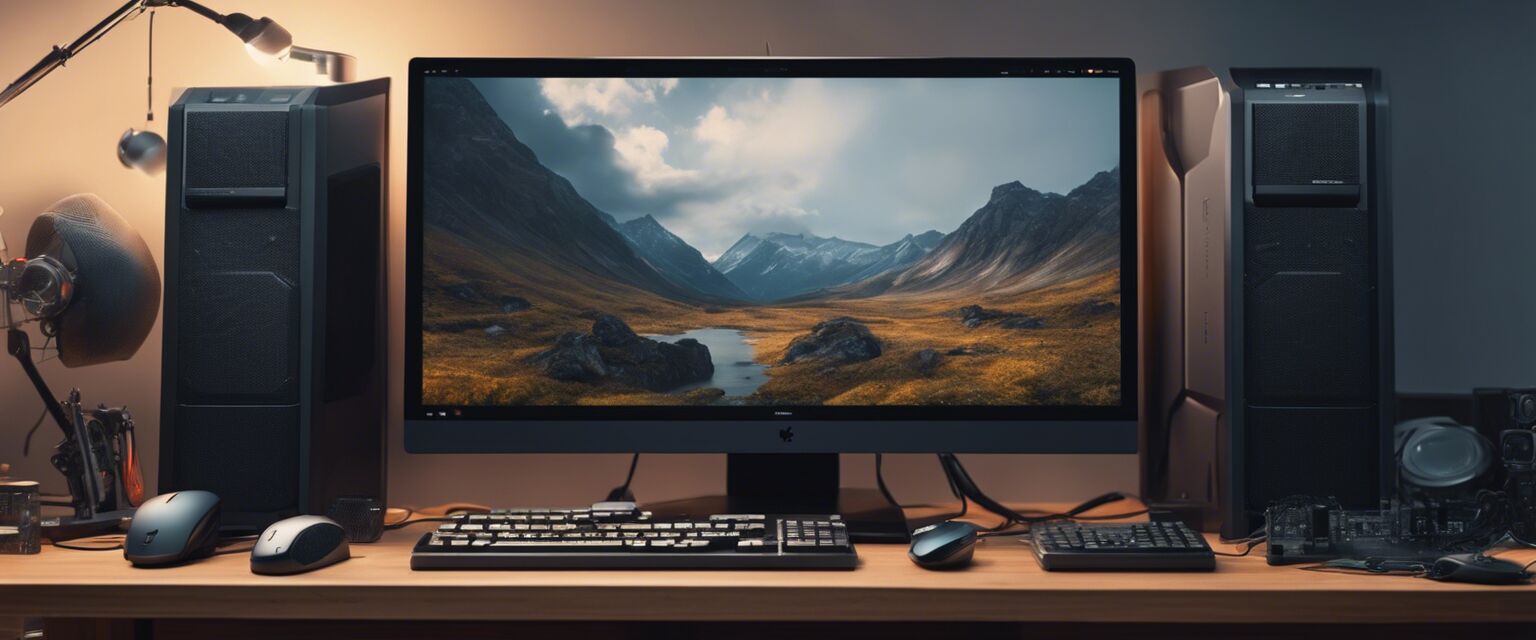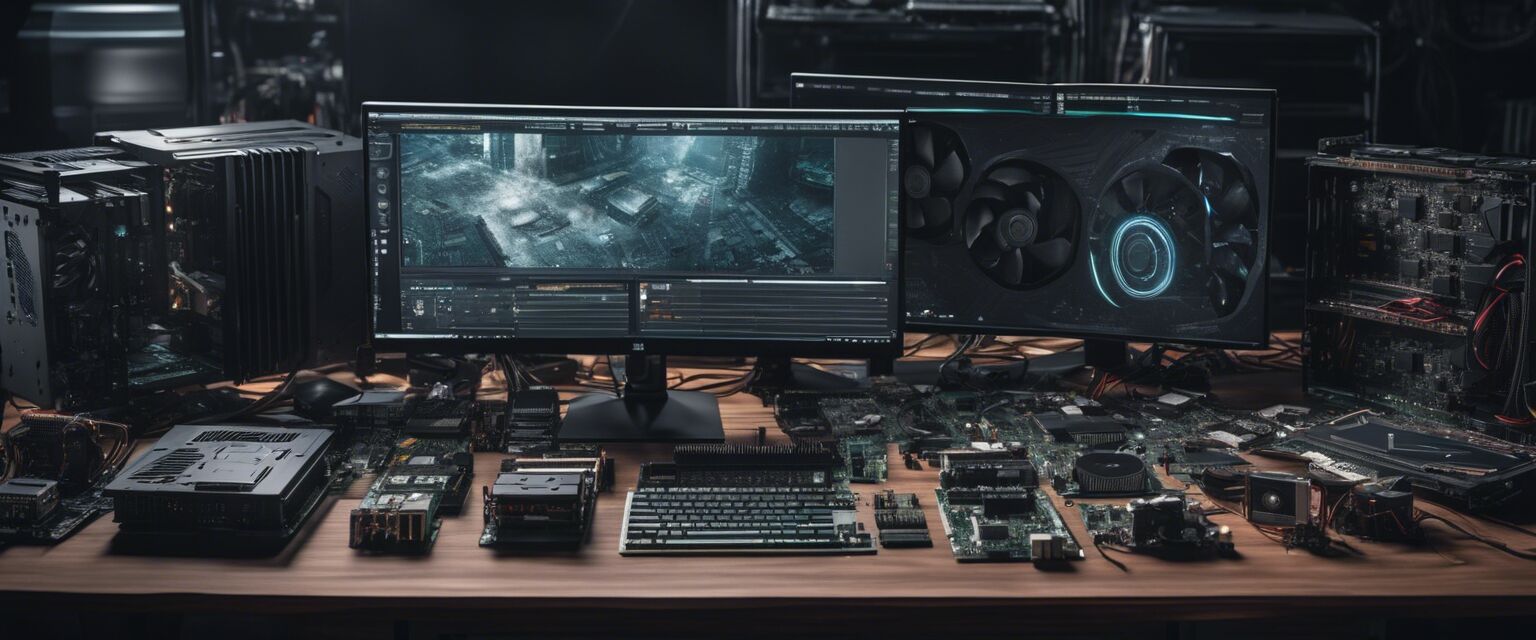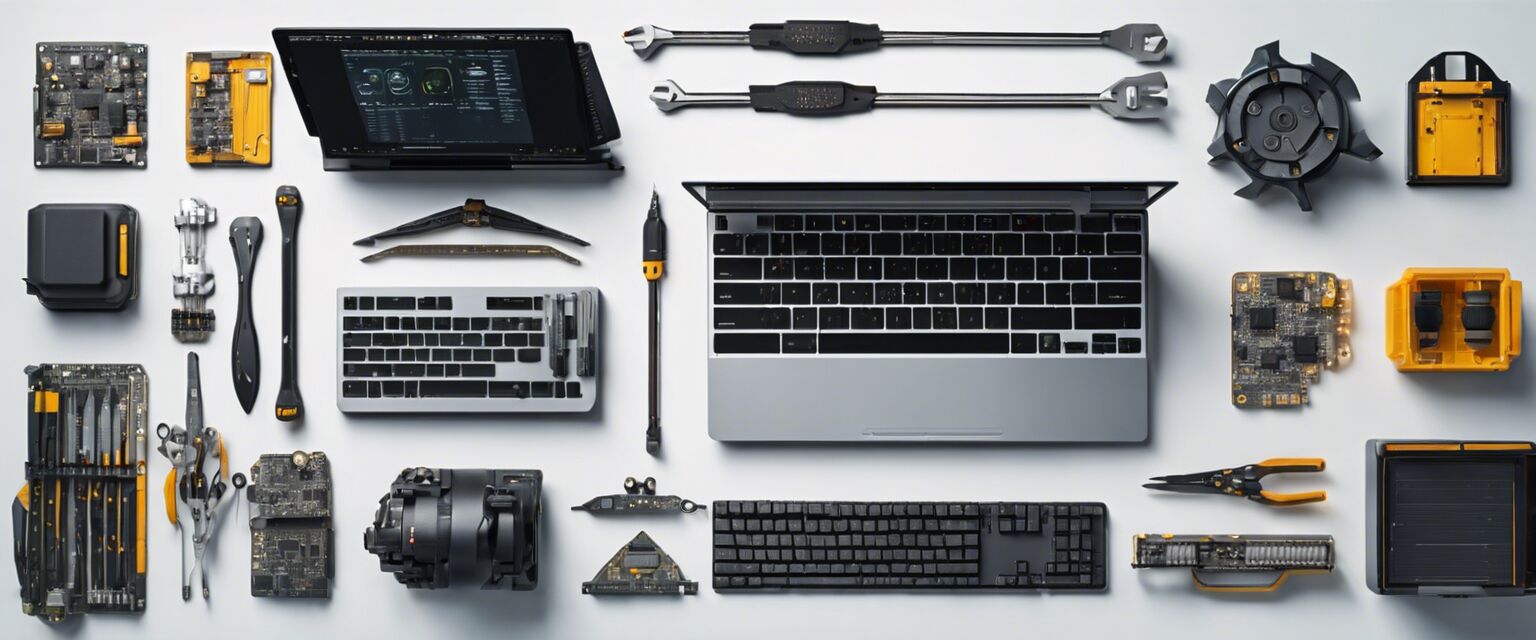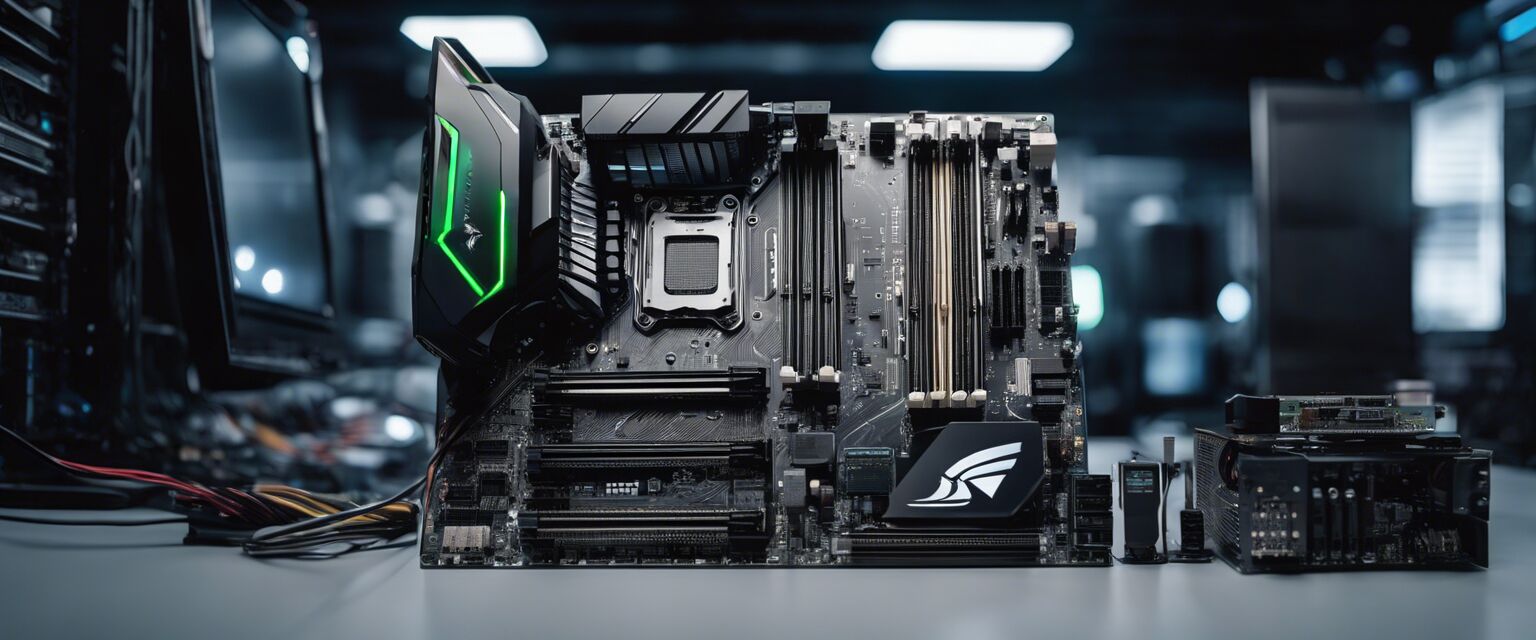
Computer components
Key Takeaways
- Understanding essential computer components can help you build or upgrade your system effectively.
- Quality components ensure better performance, longevity, and capabilities.
- Selection between different brands and specifications is crucial for compatibility and performance.
Computer components form the backbone of your PC and understanding them is essential for any enthusiast looking to build, upgrade, or troubleshoot their computer. In this guide, we will explore the must-have computer components you should know about, discussing their roles and what to consider when selecting them for your needs.
Essential computer components
| Component | Description | Importance |
|---|---|---|
| Motherboard | The main printed circuit board that connects all components. | Essential for compatibility and support of other hardware. |
| Processor (CPU) | The brain of the computer, executing instructions and processing data. | Critical for overall system performance. |
| RAM | Short-term memory that stores data for quick access by the CPU. | Necessary for smooth operation and multitasking. |
| Storage (HDD/SSD) | Devices for storing files and data long-term. | Essential for files, applications, and the operating system. |
| Graphics Card (GPU) | Handles rendering images, video, and animations. | Important for gaming and graphic-intensive tasks. |
| Power Supply Unit (PSU) | Supplies power to the computer by converting AC to DC. | Vital for stability and component safety. |
| Cooling System | Maintains optimal operating temperatures for components. | Prevents overheating and component failure. |
Details about computer components
1. Motherboard
The motherboard is a crucial component that connects all other parts of the computer together. It houses the CPU, RAM, and storage devices, among others. The choice of motherboard impacts which components can be used in your system. When purchasing a motherboard, consider:
- Form factor (ATX, MicroATX, etc.)
- Socket type for the CPU
- Supported memory types and speeds
- Number of expansion slots
2. CPU
The CPU, or Central Processing Unit, executes the instructions of your applications. Itâs considered the brain of the computer. When selecting a CPU, think about:
- Number of cores
- Clock speed
- Thermal Design Power (TDP)
3. RAM
Random Access Memory (RAM) is critical for the speed of your computer, as it stores data temporarily for quick access. More RAM allows for better multitasking capabilities. Important factors to consider include:
- Capacity (8GB, 16GB, etc.)
- Speed (measured in MHz)
- Type (DDR3, DDR4, etc.)
4. Storage
Storage is where all your data lives. Choosing between Hard Disk Drives (HDD) and Solid State Drives (SSD) can affect your systemâs speed. Differences include:
- HDDs are slower but offer more storage for lower costs.
- SSDs are faster and more reliable but come at a higher price per GB.
5. Graphics Card
The Graphics Processing Unit (GPU) is especially important for gamers and graphic designers. Your choice of GPU will directly affect visual performance. When selecting a graphics card, consider:
- VRAM (Video RAM)
- DirectX and OpenGL support
- Cooling technology
6. Power Supply
The PSU provides the necessary power for all components. When choosing a power supply, keep in mind:
- Wattage requirements
- Efficiency rating (80 Plus certified)
- Modularity (non-modular, semi-modular, or fully modular)
7. Cooling Systems
Keeping your components cool is vital for performance and longevity. Consider these points when selecting a cooling solution:
- Type of cooling (air or liquid)
- Noise levels
- Compatibility with your case and components
Comparison of storage options
| Storage Type | Speed | Capacity | Cost | Durability |
|---|---|---|---|---|
| HDD | Slow | Up to 10TB+ | Low | Less durable |
| SSD | Fast | Up to 4TB+ | High | More durable |
Building your own computer
Constructing your own computer can be a fulfilling and educational experience. Hereâs a quick guide to help you get started:
- Choose your components based on your requirements.
- Ensure compatibility among your selected parts.
- Follow an online guide for assembly.
- Install the operating system and drivers.
- Test your system extensively.
Tips for beginners
- Research each component thoroughly before purchasing.
- Look for customer reviews to gauge performance and reliability.
- Donât rush â take your time building and understanding your system.
Pros
- Customizable build tailored to personal preferences.
- Learn about hardware and systems in-depth.
- Potential for cost savings compared to pre-built systems.
Cons
- Requires research and time investment.
- Potential for compatibility issues among components.
- No warranty on the entire system as a whole like pre-builts.
Conclusion
Understanding the essential computer components is crucial for building or upgrading your PC. Whether you are a casual user or a hardcore gamer, knowing how to choose the right components improves your computer's performance and longevity. For detailed insights into specific component categories, check out our pages on desktop components, gaming PCs, and PC accessories.
